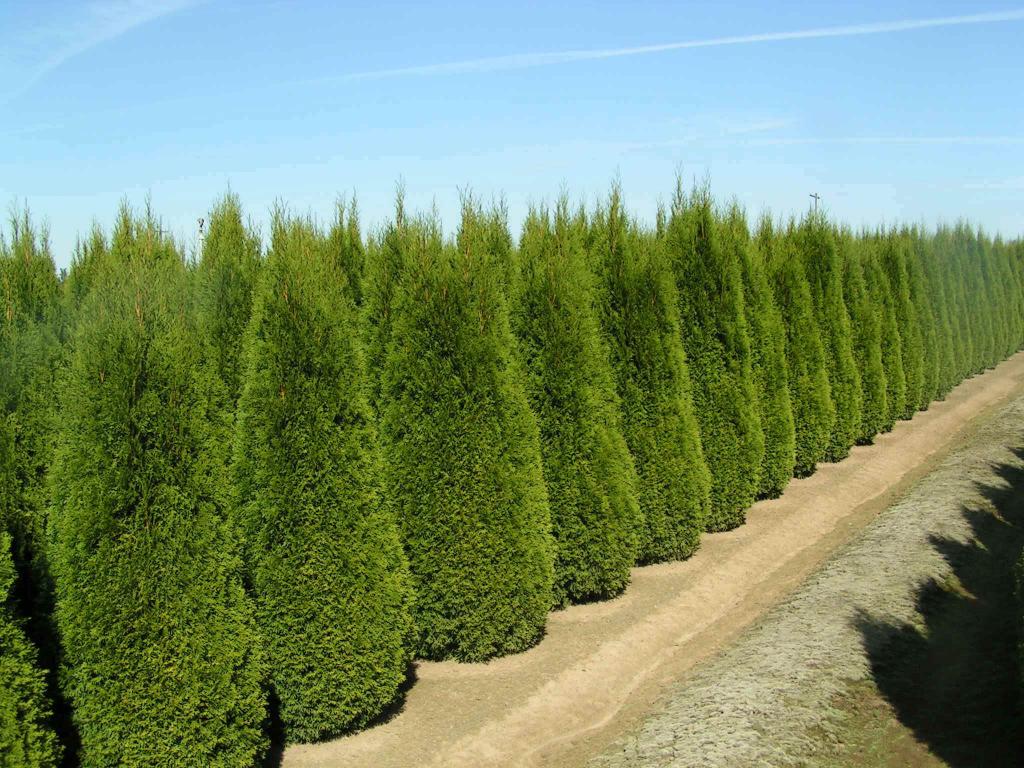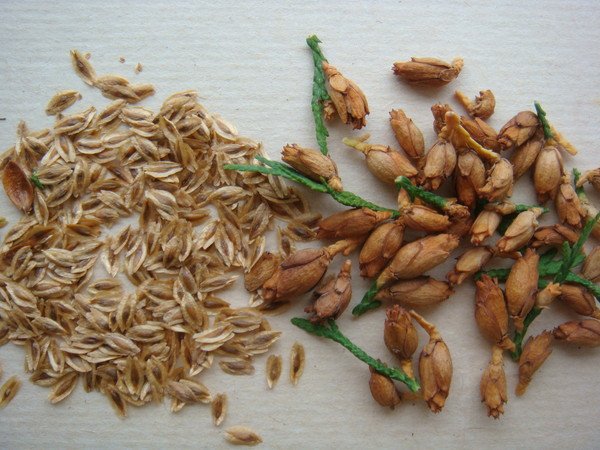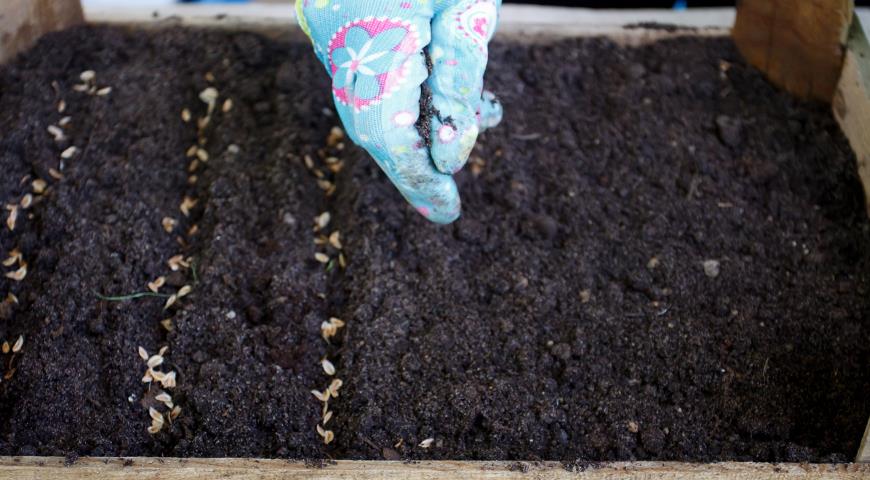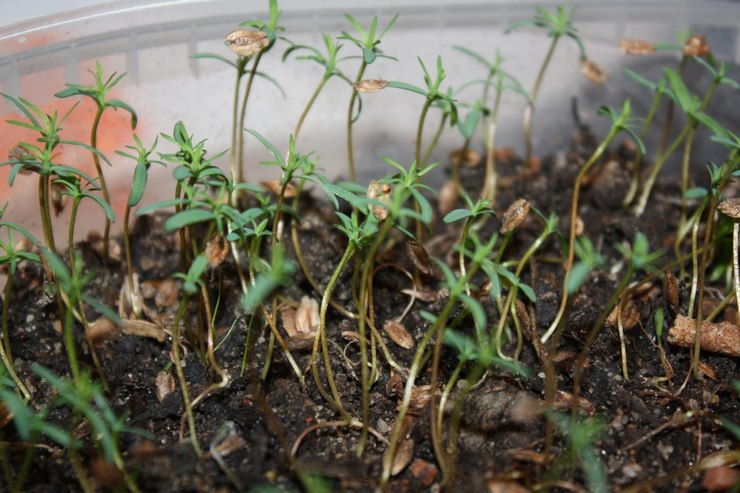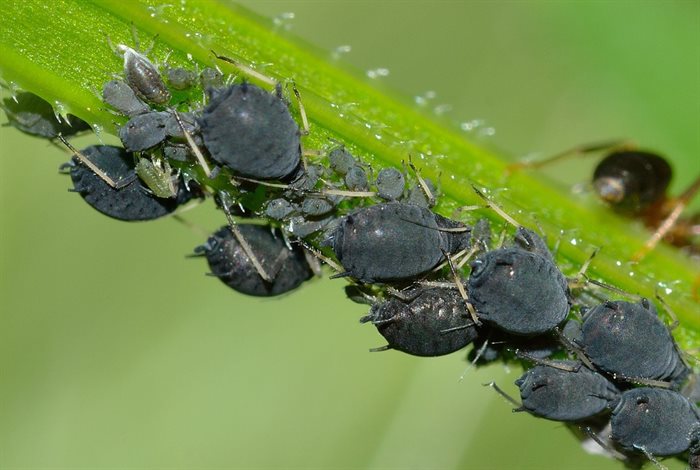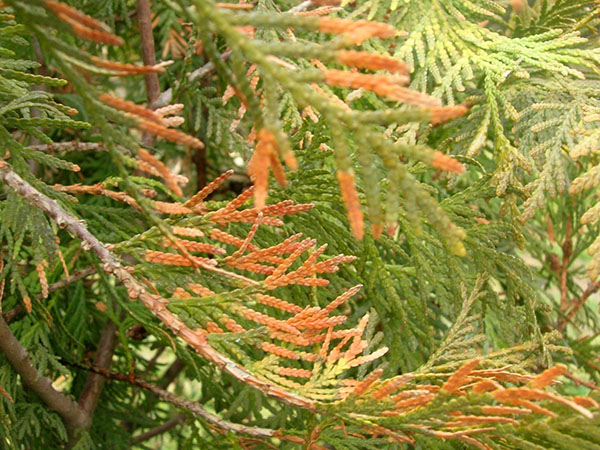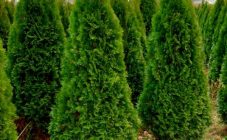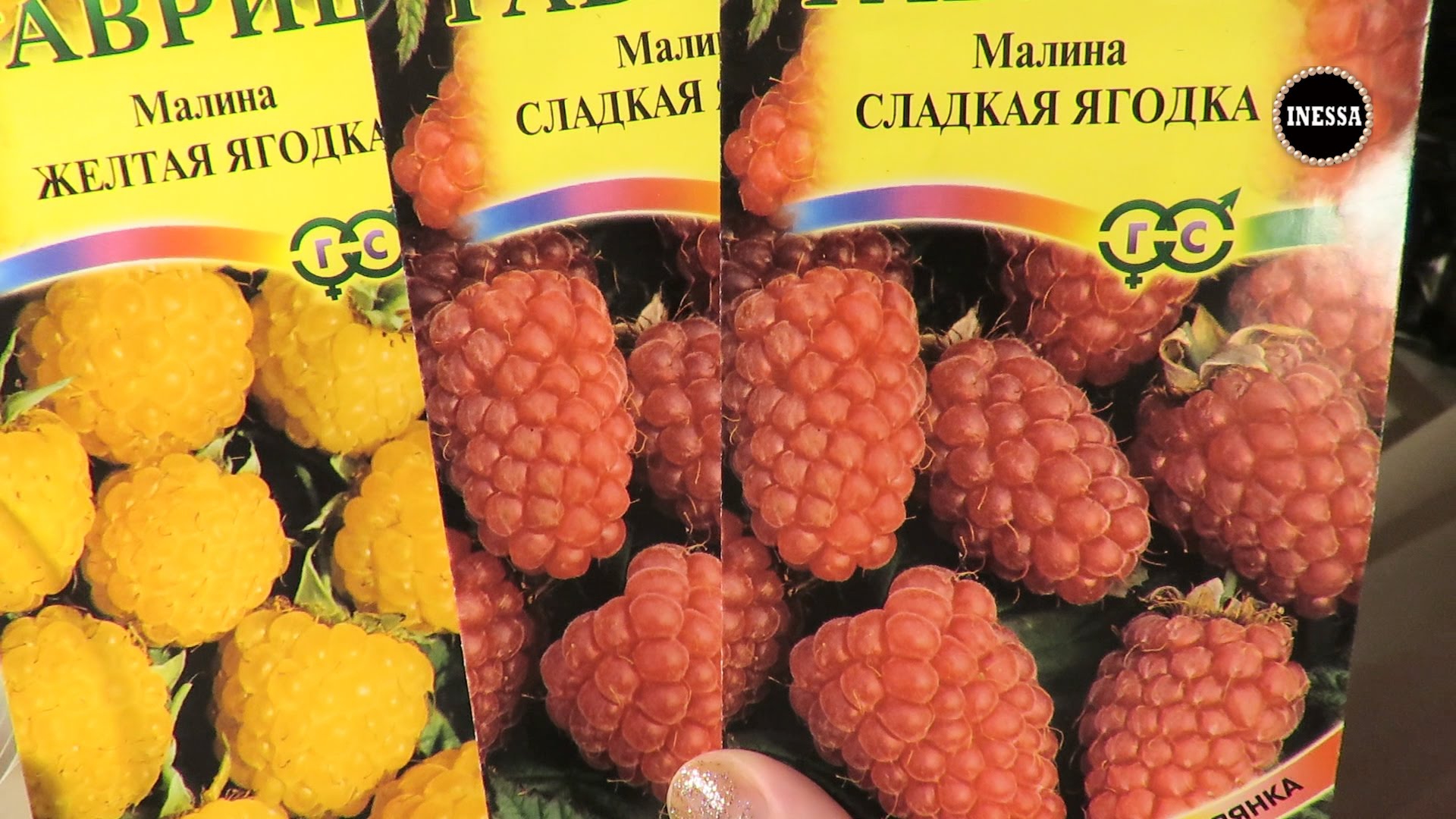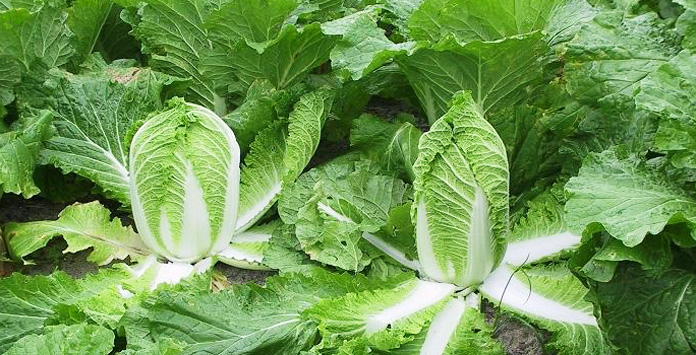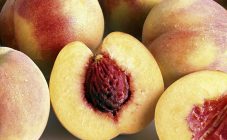Content:
Any gardener would like to see an evergreen, low-maintenance, beautiful plant on his site. Most often, these plantings include coniferous shrubs and trees. To decorate garden and backyard plots, a type of coniferous tree such as thuja is used. It lends itself easily to a haircut, you can form bizarre figures from it, as well as build hedges.
Description
Thuja belongs to the Cypress family. Came to Russia from North America. These trees delight gardeners all year round with their dense green crown. Each variety of this tree has its own specific coniferous smell. The average life expectancy is about 75 years. There are species whose age exceeds the 100 mark. Today, more than 35 species of this coniferous tree are known. They all differ in characteristics. The first visual difference to notice is color. The color palette is very wide: from deep blue to mustard.
The tree has increased winter hardiness, unpretentious to the soil composition, does not require constant care, drought-resistant. Often used as a supplement to landscaping plants. Some varieties are used as independent decorations in landscape design.
The health of a tree can be judged by its needles. If the thuja greens are juicy, correspond to the color of the variety, then the tree is healthy and does not require additional watering and dressing. If the branches and needles are dry, have acquired a yellow-brown hue, the tree needs additional moisture and mineral fertilization.
You should also choose the right container in which you can plant thuja. Since this tree is quite large, the pot in which it grows should grow by 1.5 sizes with each subsequent repotting. The root system should feel free in the container.
In addition to the fact that the tree is used in landscape design, its individual elements are used in recipes for traditional medicine. Tinctures and decoctions are prepared from cones and needles, good medicinal teas are obtained from the bark, and essential oils help get rid of the initial signs of sinusitis and sinusitis.
Germinating seeds at home
To decorate the site with decorative thuja, its seedlings can be purchased in the nursery, or you can plant it yourself. Growing thuja from seeds on your own at home is more profitable than buying a large number of seedlings in nurseries.
In order to plant thuja seeds, they must be collected. They are collected from cones that grow on thuja in the first year of fruiting. The seed cones are easily broken off from the branches of the tree, laid out in a warm room in order for them to open.It is not worth delaying the planting process, since a few months after the seeds have fallen out of the seed cones, it will not be possible to germinate them, since their germination capacity decreases by more than 50%.
How to grow thuja from seeds obtained by this method? The most natural way to grow thuja from seeds is to sow them in the ground for the winter. With this method, sowing is carried out in early December, and the seeds are not soaked, no additional drugs that accelerate plant growth are required. The first shoots can be seen in the spring, after the end of the frost on the soil. At first glance, they look like dill seedlings. In the first year after planting, the thuja will grow no higher than 10 cm.In the second year, its growth will reach about 25 cm.In the third year, it will grow to 50 cm.
There is another way how to grow thuja from seeds at home. The breeding method consists in processing the planting material with cold. For this, thuja seeds are placed in a container with damp sand or sawdust and placed in a cold place where the temperature does not rise above 5 ° C.
Planting seeds in the ground
The planting of seeds germinated by the second method takes place in early February. Containers with germinated seeds are placed under the lamp in order for the earth to warm up, and the seedlings were further developed. At the bottom of the container there should be a drainage layer, about 3-4 cm high. For this, you can use charcoal, expanded clay or even foam. The second layer is the potting mix. Prepared soil for growing coniferous shrubs and trees is considered the best option for a potting soil mixture intended for growing thuja from seeds. On the soil packages you can find step-by-step instructions for preparing the land for planting seeds and seedlings. The third layer should be sand. It should be about 2-3 cm high. Before sowing seeds in this soil mixture, it is treated with a weak solution of potassium permanganate. This is done in order to rid the soil of bacteria. The seed is seated in a checkerboard pattern. The distance between them should not be less than 1 cm. After planting, the seedlings are sprayed with warm water and covered with a greenhouse film or agrofibre. These containers should be located in a room that maintains a temperature of about 20 ° C. When the first shoots appear, the containers are removed to a cool place, which is well illuminated by the sun's rays.
After 2 months, the greenhouse film or agrofiber that covered the containers with thuja seeds can be removed. If roots are visible on the surface of the soil, they must be sprinkled with sand. In the first year, plants need to be covered with soil.
A year later, in the spring, when the frosts leave, and the ground warms up a little, the thuja seedlings can be dived. When picking, thuja seedlings need vitamin supplements. It is also necessary to apply fertilizers containing a large amount of nitrogen. It is advisable not to allow the land to dry out, but watering should be moderate. In their second winter, thuja seedlings are not yet ready to grow outdoors, even with the necessary shelter. The best option would be to place the seedling pots in a greenhouse. In the spring, plants should be tempered. For this, pots with seedlings are taken out into the open air. You can transplant them into open ground already in the autumn.
Transplant and care in the open field
But in a too shaded place, the needles will not be saturated green, the crown will not be so dense. A good place would be partial shade, protected from winds and drafts. For planting seedlings, a planting pit should be prepared 1 meter deep. The width should be at least 80 cm. Since the seedlings are planted by the transshipment method, the roots of the plant with a lump of earth should be placed in the hole.At the bottom of the planting pit, a small layer of drainage should be poured in the form of wood ash or expanded clay. The soil, which will cover the plant, must be mixed with organic fertilizers. When planting, it is important to ensure that the root collar does not go deep into the ground, but is above its surface. The seedling should be covered with earth mixed with sand or peat in a 1: 1 ratio.
Depending on which variety of thuja sits on the site, the distance between the planting pits is selected. If the tree is short and compact, the distance may be about 1 meter. If the plant is tall, with spreading branches, it is better to stick to an interval of 4 meters. For trees that are grown as hedges, a 1 meter interval can be followed, regardless of variety and size.
After transplanting the tree to a permanent place, you can apply the first top dressing, which includes any growth stimulant. In the spring, thuja needs feeding with potassium and phosphorus. Such feeding is carried out in two stages with a difference of two weeks. You can take care of the plant and water it twice a week. Not only the planting pit needs watering, but also the crown of the tree. If the wood lacks moisture, the top will begin to dry out. When irrigating the branches of a tree, it gives out a kind of coniferous aroma, and the greens themselves become rich, green and healthy.
The plant needs feeding twice a year. It is introduced when loosening. The root hole should be mulched with sawdust, nutshells.
Diseases and pests
The main pest that infects the thuja crown is the gray aphid. In the presence of this pest, the needles turn yellow and fall off. First of all, aphids eat the lower shoots. In order to get rid of the aphids, it is treated with karbofos.
Another pest that can spoil the young shoots of thuja is a 5 mm butterfly called the speckled moth. When a tree is damaged by this pest, the shoots first become brown and then dry out. To drive the pest away from the plant, thuja is treated with pyrethroids. This is done in several stages, with an interval of 15 days.
The false shield attacks the tree trunk under the bark. The false shield leaves the tree when sprinkled with karbofos and actellik.
Wireworm larvae feed on the root system of the plant. They multiply well in soils with high acidity. Get rid of the larvae in the autumn, when digging up the site. In this case, you should get rid of the increased acidity. If there are a lot of wireworms, preparations containing diazolin are introduced into the soil.
The most dangerous disease characteristic of thuja is late blight. First of all, it affects the root system of the tree. Thuja has the following symptoms:
- The top begins to dry;
- The tree is covered with a gray bloom;
- The trunk, near the root collar, becomes soft.
This disease most often appears in too moist soil. The tree, in case of illness, is treated with fungicides. Since late blight is a fungus, with a strong spread of this disease, it is recommended to change the land, and take the old one, along with fungal spores, away from the site.
Rust and shute are considered dangerous fungal diseases. These diseases are characterized by darkening and falling of the needles. With rust and shute, the affected branches are cut and burned. Also, the tree is processed with medicinal preparations.
Growing thuja from seeds at home does not require a higher education diploma. It is enough to have a minimal knowledge of the care of seedlings, and the decoration of the landscape design on the site is provided.
